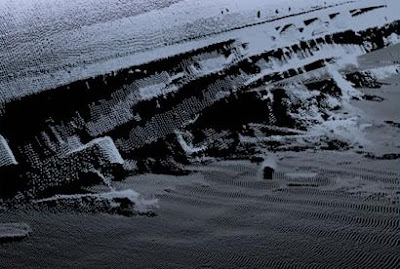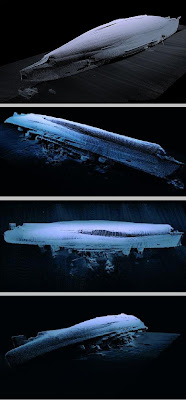I’m intrigued to read of a new method of communicating with brain-damaged persons, using brain scans. BRAIN-scanning technology could allow doctors to read the intentions of patients who are unable to communicate via speech or gesture, with profound implications for emotionally charged debates about euthanasia and the way in which severely brain-damaged patients are treated.… Continue reading A vegetative state may not be so vegetative any more
Tag: Science
Keeping warm the old-fashioned way
Earlier this month I wrote about keeping warm in an Antarctic winter. Now a woman who’s spent a winter down there writes about the same subject, giving a few more ‘inside’ details. Fun and interesting reading. Peter
Keeping warm in the Antarctic winter? – updated
I’m intrigued by a report in the Guardian, London. Before the winter darkness descended over Antarctica, a US research base received one crucial final delivery, according to a report today – a consignment of 16,488 condoms. A year’s supply of the prophylactics was despatched last month to the McMurdo station, on the southern tip of… Continue reading Keeping warm in the Antarctic winter? – updated
Imaging radar coming of age?
We’ve looked at high-resolution imaging sonars in a previous article. They can produce almost photographic-quality images of shipwrecks underwater. (Click the pictures to enlarge them.) Now it seems that airborne radars are evolving along similar lines. The USAF’s Multi-Platform Radar Technology Insertion Program, or MP-RTIP has been under development since 2000. So far about $1.2… Continue reading Imaging radar coming of age?
The mystery of Stonehenge deepens
Archaeologists excavating sites around Stonehenge in England are uncovering some fascinating new material. Stonehenge may have been a burial ground for an ancient royal family, British archaeologists said yesterday. The original purpose of the stone monument in Wiltshire is one of archaeology’s most enduring enigmas. Previous theories have suggested that it was an astronomical observatory… Continue reading The mystery of Stonehenge deepens
Sonar’s come a long way
I’ve been fascinated to discover the advances in high-resolution imaging sonar that have come along over the past few years. My interest was sparked by the recent discoveries of the wrecks of HMS Hunter in a Norwegian fjord, and HMAS Sydney off Australia. Both were located by sonar, and have been photographed. Having blogged about… Continue reading Sonar’s come a long way
The mouse that roared?
No, not the very funny 1955 film starring Peter Sellers (in three different roles). It seems that scientists are using mice as a ‘vehicle’ for gene transplants. In a world first, scientists have extracted a gene from the extinct Tasmanian tiger and successfully inserted it into a mouse embryo. It is the first time a… Continue reading The mouse that roared?
The best summary of Globular Worming I’ve yet found
I’m sure many readers are as skeptical about the whole global warming brouhaha as I am. I find the evidence unconvincing, and scientists who rely on models (that can’t reproduce actual conditions when fed accurate data) rather than investigation, experimentation and observation, aren’t scientists at all. Jerry Pournelle posted an excellent ‘Climate Prediction Summary‘ on… Continue reading The best summary of Globular Worming I’ve yet found
Controlling your computer – with your thoughts
Emotiv Systems of Australia has come up with something very interesting. According to a news report: Emotiv Systems, founded by four Australian scientists in 2003, will release the $US299 EPOC headset on the US market this year. Featuring 16 sensors that measure electrical impulses from the brain, the headset – which plugs into the PC’s… Continue reading Controlling your computer – with your thoughts
Platypus, platypus, wherefore art thou platypus?
Shakespeare might object, but it seems an appropriate headline! The platypus has always amazed me. The darn thing is a furry mammal, but lays eggs like a reptile; produces milk like a cow, but doesn’t have teats or nipples, its young feeding through a glandular patch on its skin; males have poisonous venom in spurs… Continue reading Platypus, platypus, wherefore art thou platypus?






